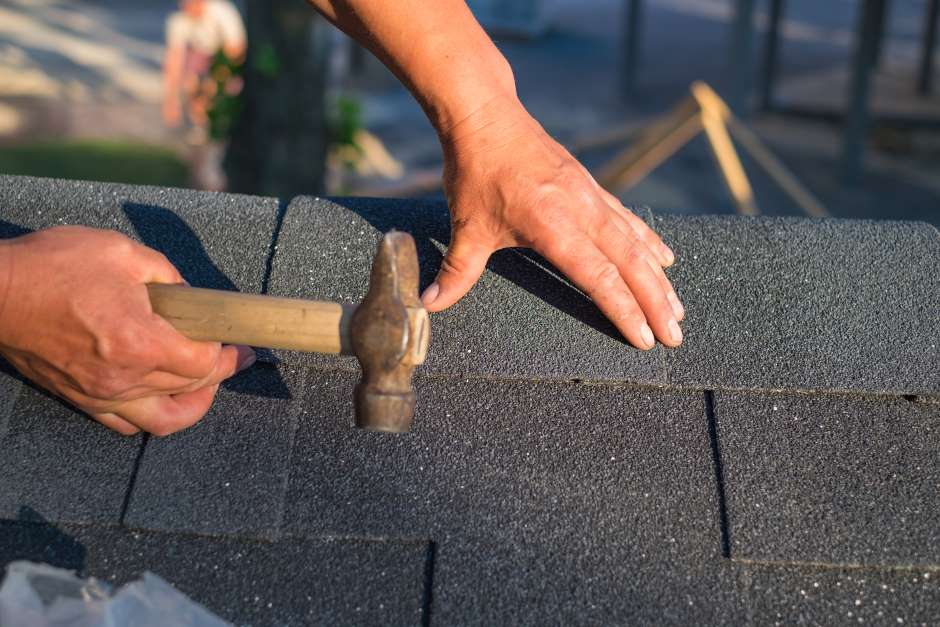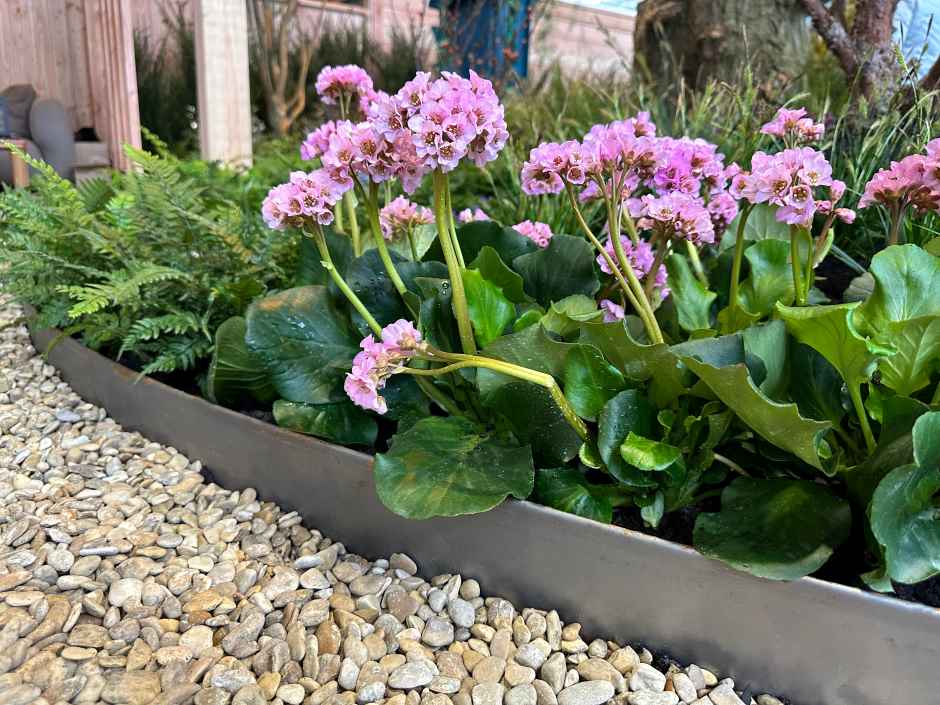In need of pest control?
Since the dawn of human history, we have been battling with nasty pests such as spiders, bed bugs, fleas, and termites to name a few. Of course, we have developed ways to control these pests such as chemical-based pest control sprays. On the other hand, these pest control methods put the health of your family at risk. Most importantly, they are unnecessary as there are plenty of ways you can keep those pesky insects from invading your home. In this article, we are going to list 7 easy tips on how to control those pests and keep your home bug-free. Some examples of pests are:
- Mice
- Rats
- Bedbugs
- Fleas
- Ticks
- Termites
- Carpenter ants
Sticky Traps
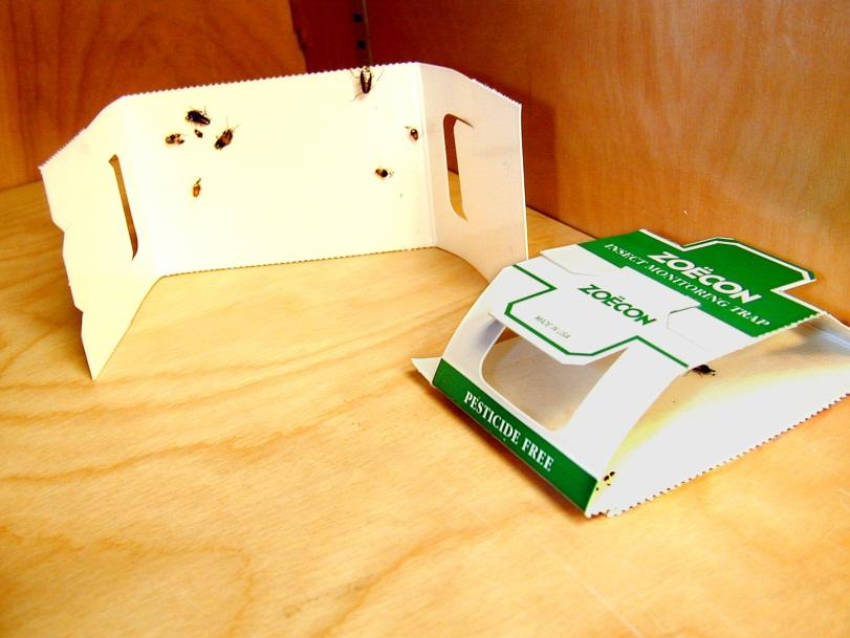
Sticky traps are already on the market. However, most don't like them as they are not really effective at controlling an infestation. They certainly don’t make for a good bed bug treatment. If you want your home to be as bug-free as possible, then working on a good defense is your primary goal; and that's what sticky traps are for. Sticky traps are cheap, easy to install, and you will prevent a lot of crawling insects from entering your home.
“ The first day one is a guest, the second a burden, and the third a pest.” - Jean de la Bruyere
Clean Up the Kitchen
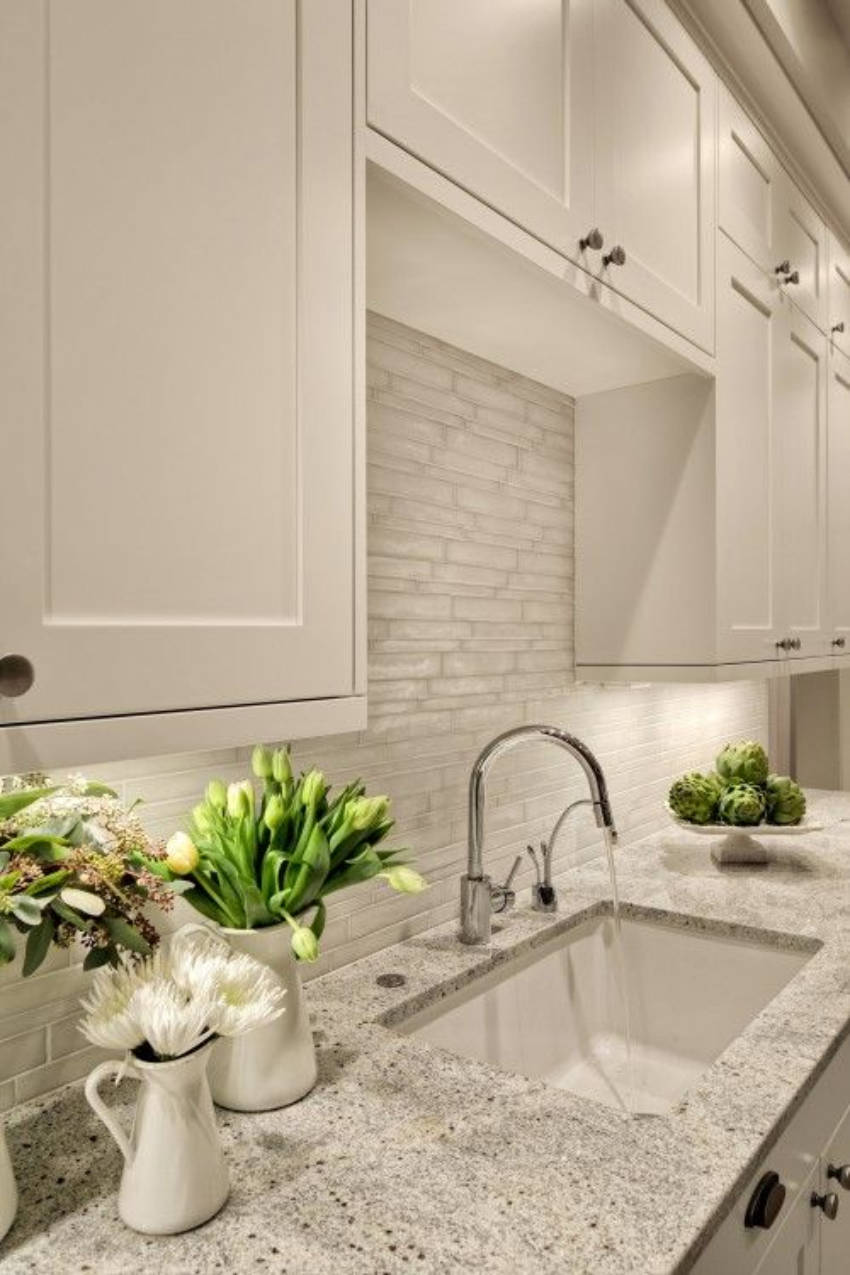
Each day, set aside 15 minutes for the sole purpose of simply cleaning your kitchen thoroughly. This may mean emptying the garbage cans, putting food away, mopping any spills, sweeping the floors, and doing the dishes. As an added tip, use a diluted vinegar solution to wipe the countertops. By doing so, you will remove the odor trails left behind by termites. Remember, most pests go indoors looking for scraps of food. Cleaning your kitchen gives them one less reason to invade your home.
Seal the Entry Points
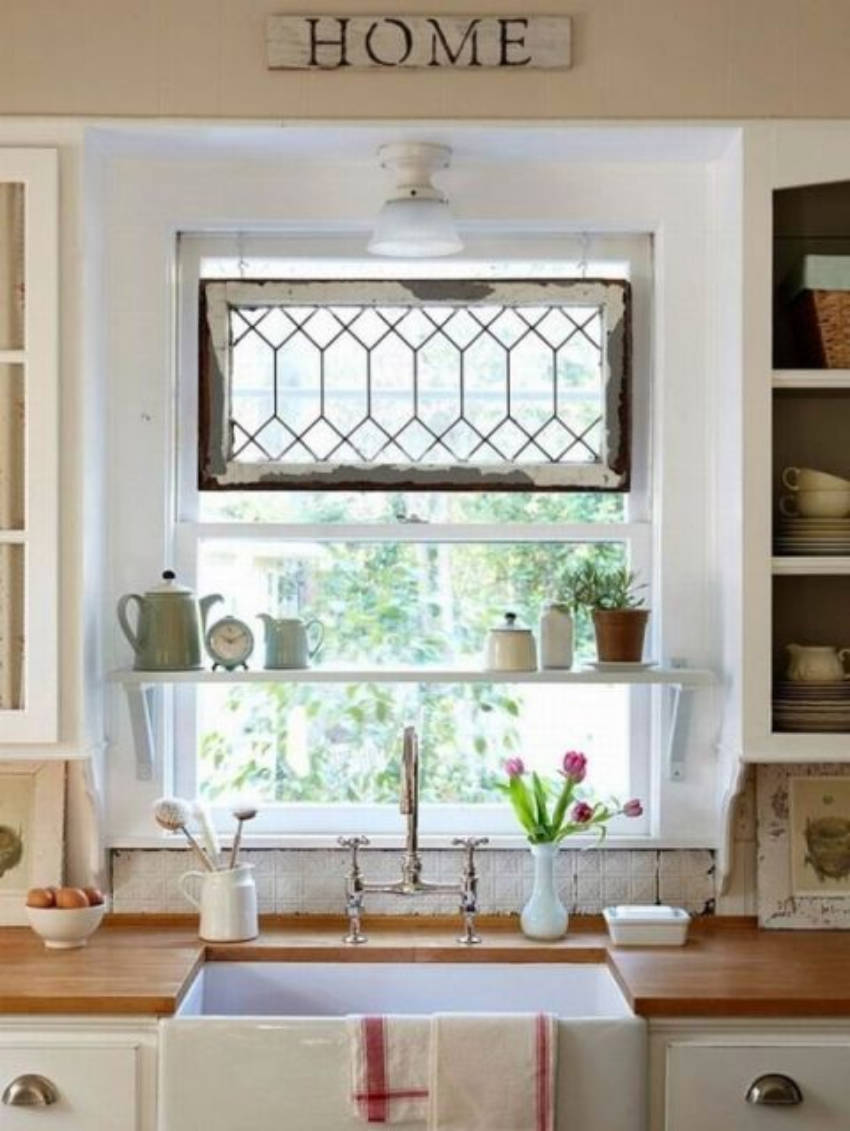
Mice and bedbugs usually don't use the front door when they come into your home. Their preferred way of entry are the tiny holes. To make it harder for the pests to gain entry, a low-VOC silicone caulk is your best friend. It's available in most hardware stores. The best spots to seal are the areas near door frames and windows. Also, seal the external dryer vent. Walk around your home and investigate for any possible holes and seal them up.
Door Sweep is a Good Idea
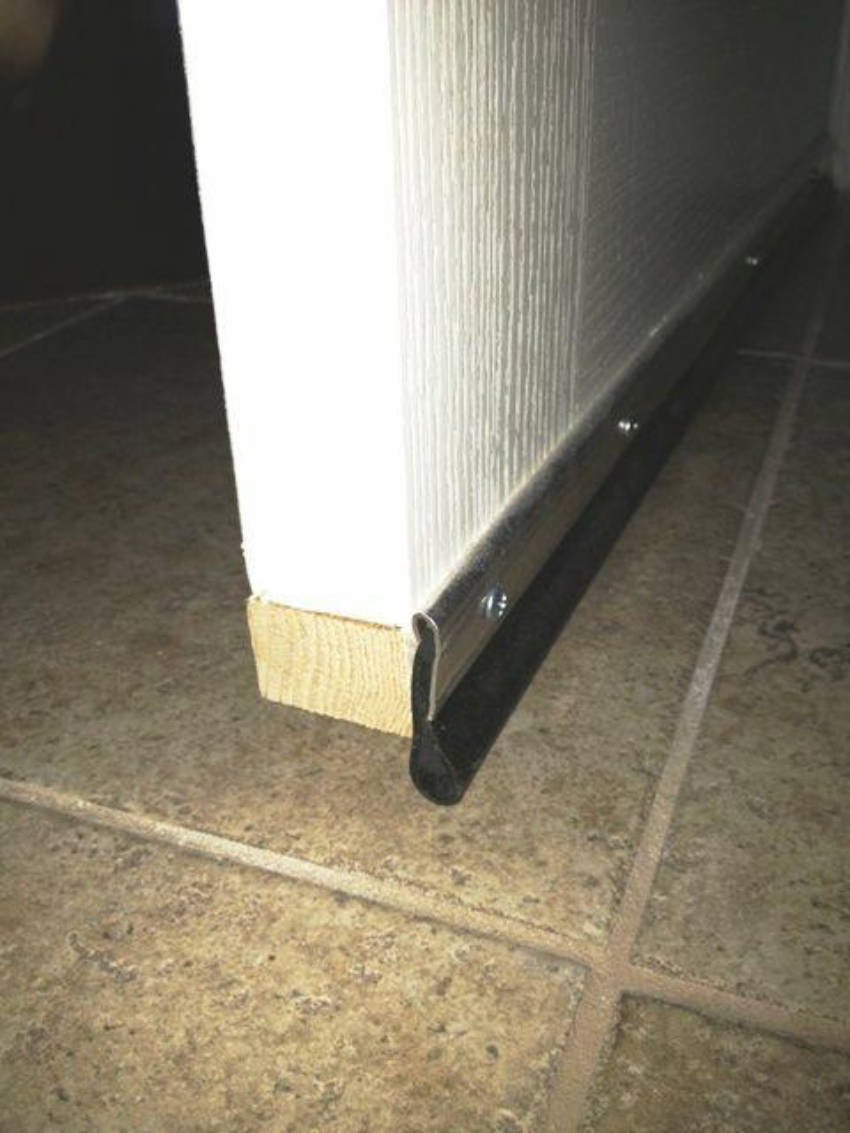
Some pests are “polite enough” to enter through the door. Specifically, the space between the door and the floor. Thankfully, there is a good way of closing this point of entry and that is through the use of a door sweep. Door sweeps are available in most hardware stores. Also, you might want to buy the ones that only need adhesive tapes to install so you can avoid the unnecessary drilling.
Vacuum Regularly
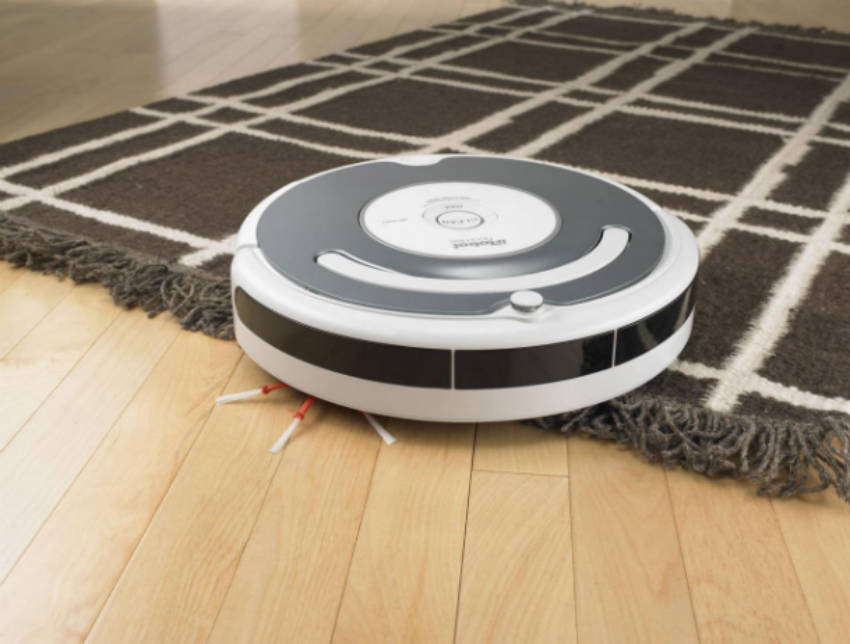
Even with a good defense, it's almost impossible to stop all the crawling insects from entering your home. That is why it's critical to vacuum your home regularly. Vacuuming picks up those insects that have slipped through your defense, including the eggs and immature ones. This prevents them from becoming a big problem in the near future.
Be Clutter-Free

In addition to the regular vacuuming session, it's best that you declutter your space regularly. Throw out newspapers and other junk. Remove the clothing from your floors as well. You should try and minimize the dark hiding places of pesky insects.
Fix Leaking Faucets
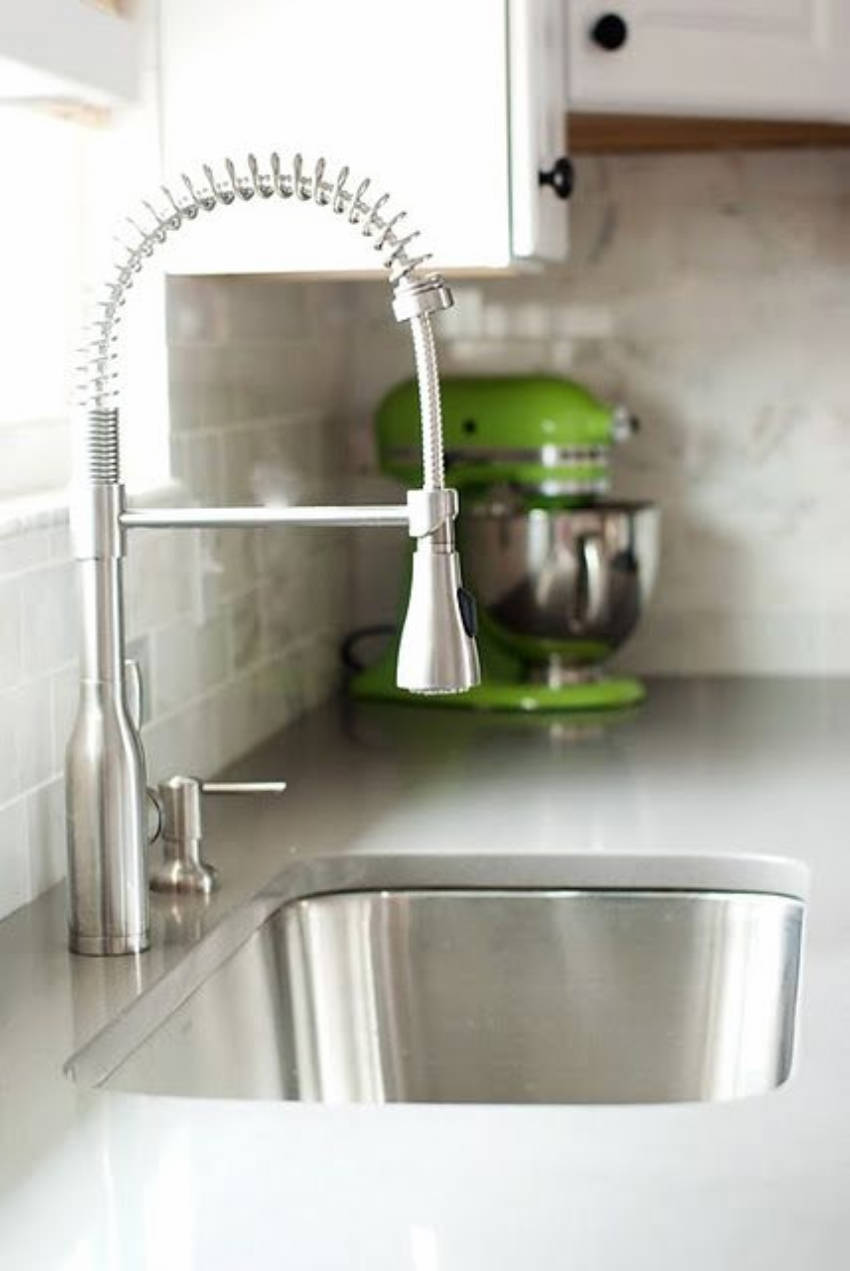
While indoors, the most common source of water for insects is the dripping faucet. The most common cause of a leaking faucet is the accumulation of minerals inside a faucet. Thankfully, it's easy to fix. First, you will need to cut off the water supply that feeds the faucets. Then, loosen the screws at the base of the faucet. Once that's done, you should be able to lift off the faucet. Try to safely disassemble the faucet but don't force anything. Then, soak the faucet and all the parts in white vinegar. This should melt away all those accumulated minerals. Finally, wipe and put everything back together again. This is usually easier and cheaper than fumigation.
 Let a cleaner give you an estimate on your project
Let a cleaner give you an estimate on your project




